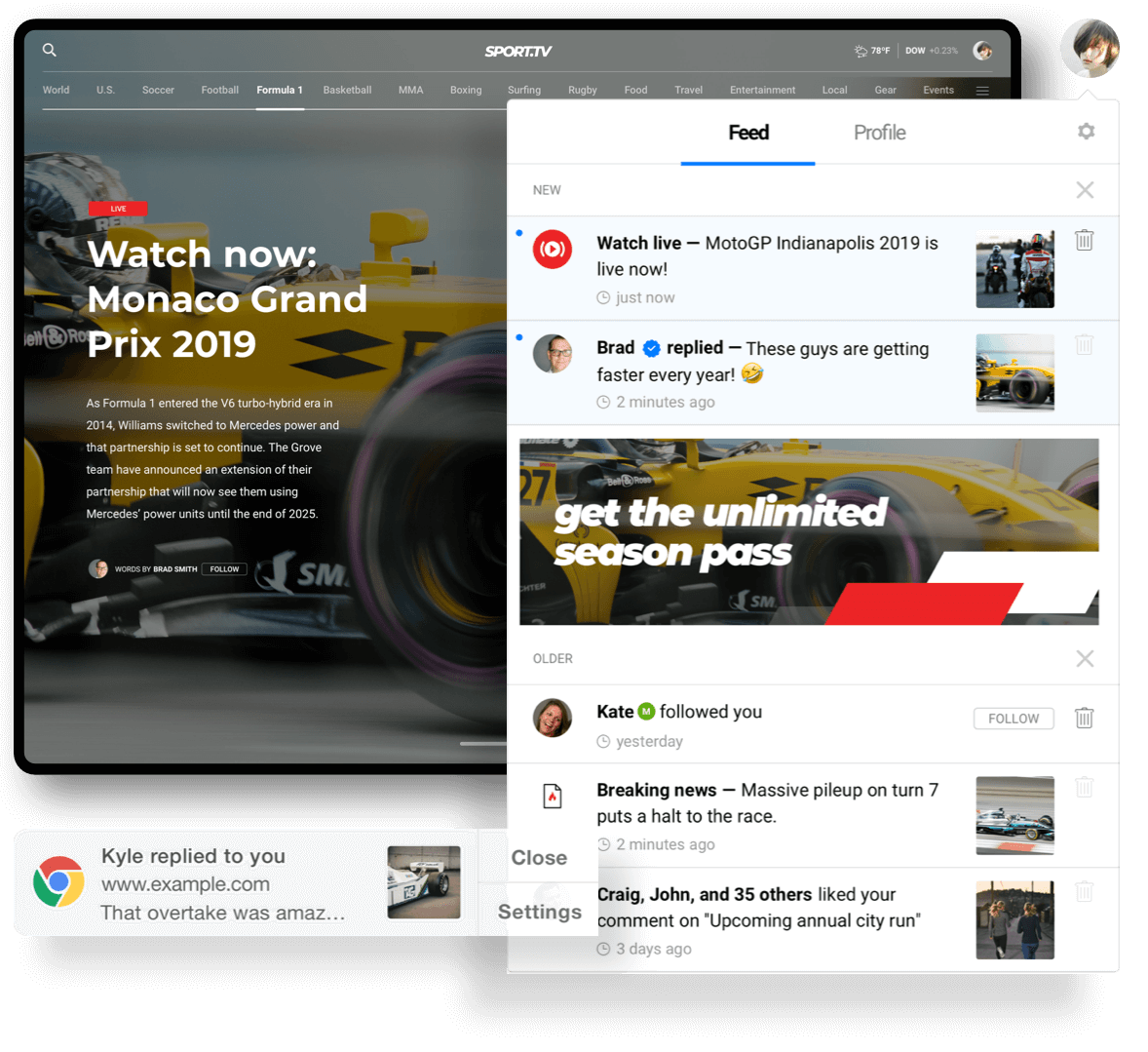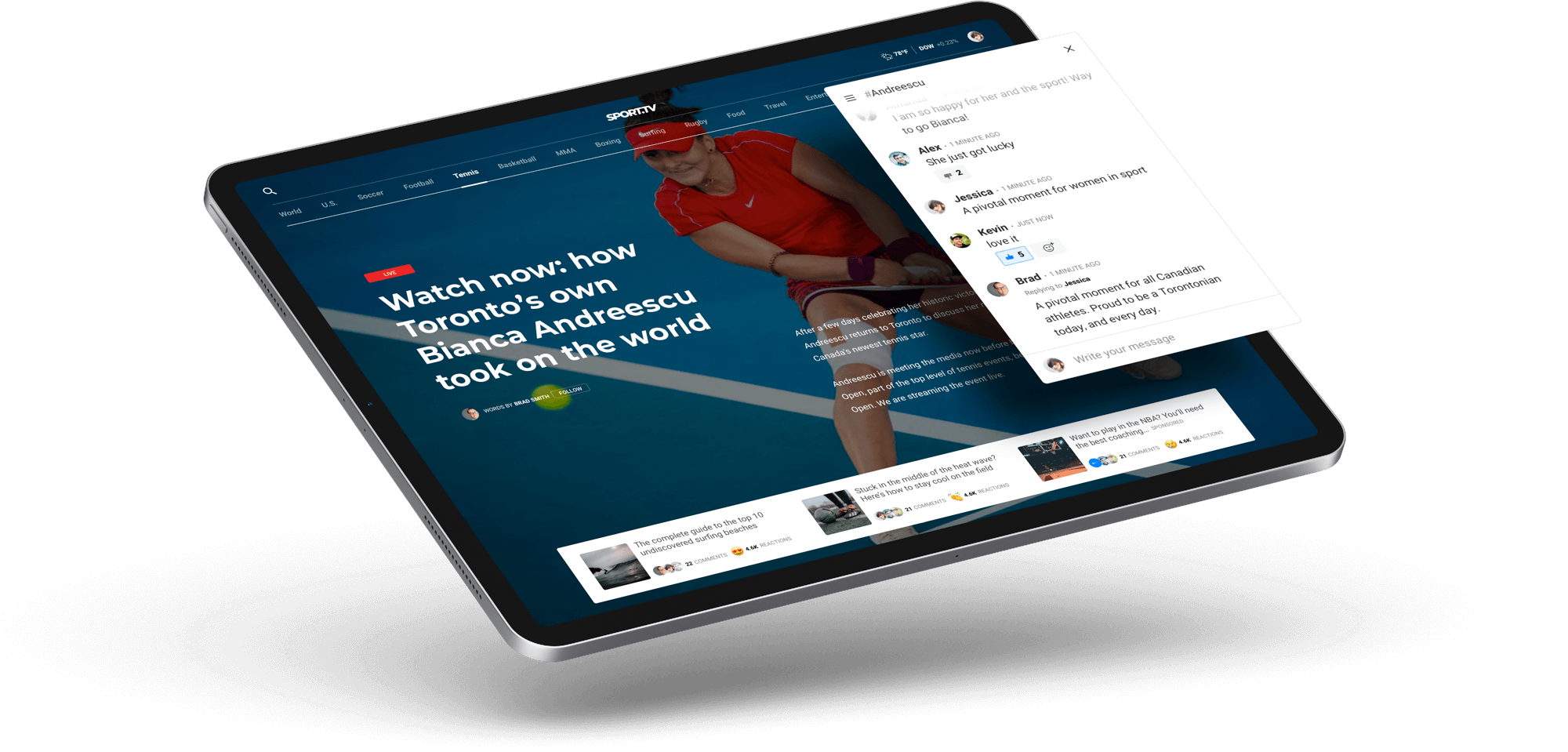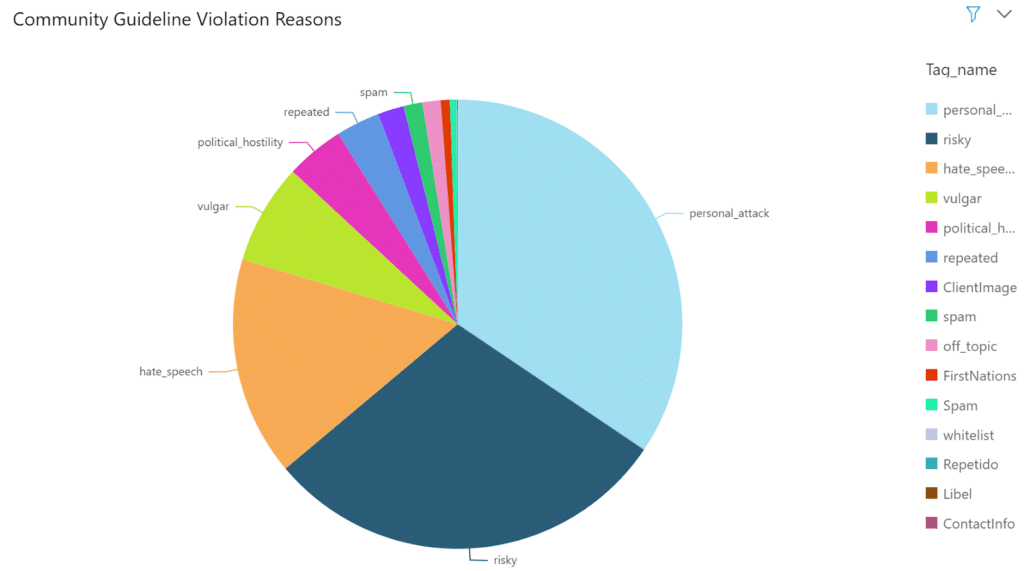This past week, the media industry has seen a lot of new approaches in tackling the challenges of the traditional subscription business model. Companies are getting creative and investing into forming a better content experience and improving targeted distribution. Some of the highlights include:
- A new way of positioning subscription packages with vertical-specific content
- Numerous examples of media organizations who are developing digital series and long-form content to drive digital traffic
- Publishers are paying close attention to online search behavior, and are creating content to address those enquiries
Continue reading to learn and stay up-to-date with the latest industry news published over the past week.
Vertical Subscriptions Are the Newest “Side Products” Being Used to Drive Revenue
For many news publishers, the main selling point of a subscription is getting access to a broad range of coverage and content. But some publishers are thinking outside of the content experience box and are starting to promote slimmed-down versions, i.e. vertical subscriptions, as a way to drive more revenue. These types of packages are targeted towards readers who continuously return to specific content categories.
Grant Belaire, VP of digital audience development at McClatchy, proposes that it’s better to retain a subscriber with a vertical than to lose them entirely. Take the publisher’s sports readers, for instance. They make up less than 20% of McClatchy’s total readership, but contribute to over 50% of page views. By promoting a sports-focused subscription called the “Sports Pass,” which gives readers access only to sports content, McClatchy was able to double their subscription conversions in a week.
Another publisher investing into the vertical-subscription model is The New York Times. The company has a standalone crossword subscription offered for $6.95 a month. With that package alone, The New York Times has earned more than 500K subscribers. And as subscribers consume crossword content, additional content offers can be promoted to eventually expand readership revenue per user.
After seeing more than 60K people visiting articles written by politics writer Charles Pierce every day, Esquire decided to build a $17.99 annual subscription offer specifically for his content. The annual subscription grants access to all of Pierce’s stories, a weekly newsletter written by Pierce and, to top it off, a tote bag.
Jumping on the sports-related vertical-subscription model is The Athletic, a sports news subscription site that launched in 2016. They now have over 500K subscribers and are targeting over a million by the end of the year.
Media Organizations Get Creative in Developing New Ways to Monetize the Content Experience
In this day and age, the need for more subscribers is becoming increasingly significant in order to provide sustainable revenue. As a result, many media organizations are coming up with creative ways to attract new viewers, with the intent that they will eventually convert into paying subscribers.
Bleacher Report is a publisher who has taken steps towards appealing to a larger audience. To boost viewership on its YouTube channel, the company has debuted an interactive show called “Your Call,” where viewers play the role of an up-and-coming soccer star. As the series progresses, viewers have the opportunity to make choices that impact the future of their soccer career, such as which team to join.
The series is part of the sports publisher’s recent shift to produce more mid- and long-form programming for video-viewing platforms like YouTube versus shorter fare made for social platforms like Instagram, which are more difficult to monetize.
Since October 2018, Bleacher Report’s soccer-related YouTube channel has grown from 235K subscribers and 10.8 million monthly views to over 1 million subscribers and 21.5 million views.
Another publisher that’s adding new formats to the content experience is Dow Jones’ Barron’s Group. Last week, they started a 10-minute weekly digital show called Marketbrief, which covers all the latest financial news for relevant investors. With this, Barron’s Group hopes to widen its audience.
Tastemade — a video network that offers food and travel-related programming for online audiences — is also expanding its long-form content offering on the ad-supported streaming platform, Samsung TV Plus.
Globally, Tastemade reaches 120 million monthly viewers via its 24-hour channel that launched 16 months ago. Samsung TV Plus is the biggest platform for the publisher in terms of viewers, watch time and revenue, largely in part because audiences don’t need to pay for its content and the service comes pre-installed on newer TVs.
In other news, by repackaging and selling content created for other channels, USA Today aims to grow revenue through its video operations. Similar to Tastemade, the publisher is focused on increasing its content on ad-supported streaming platforms. The most recently launched streaming series is a weekly half-hour show called “USA Today Sports Weekly Pulse,” which highlights the most popular clips from USA Today’s sites over the course of the week on Fubo Sports Network.
The New York Times also just announced that they’ll be venturing into film with two feature-length documentaries as a way to attract new audiences. These newsroom-specific documentaries will be produced by its very own journalists. In the past, the company has produced shows for connected TV services, including Netflix, Hulu and Amazon Prime Video.
To help media organizations monetize their content faster, Brightcove, a provider of cloud services for video, released a new SaaS-based OTT platform that allows content to be released on multiple platforms simultaneously. The new technology helps publishers launch and monetize video content across mobile, web and connected TV, all from one platform.
Read up on the state of consumers in the streaming wars (and how to win them over) to learn more.
Publishers Try Increasing Site Traffic by Optimizing for Search
While many publishers have a social-first content experience, Delish, a food publication, decided to strengthen its search optimization about two years ago. They deep dived into what people were searching for and created an editorial strategy that incorporated content specifically tailored to answer keyword searches and enquiries.
While they used to make short-form videos suited for social media platforms like Facebook, Delish quickly learnt that users who stayed the longest were looking for simple cooking guides. So, Delish started creating content that was 3-5 minutes long, aimed at satisfying Google inquiries.
Since the change in strategy, Delish has nearly doubled its site traffic, hitting a record 41 million unique visitors in September. That same month, search contributed 49% of its referral traffic, and in October, it rose to make up 54% of traffic.
Publishers like Delish are slowly cutting down on the advertising dollars they’re pouring into social platforms like Facebook and Twitter. Instead, they’re beginning to focus on perfecting their own organic content and editorial strategies in order to grow audiences directly on their own platforms.













